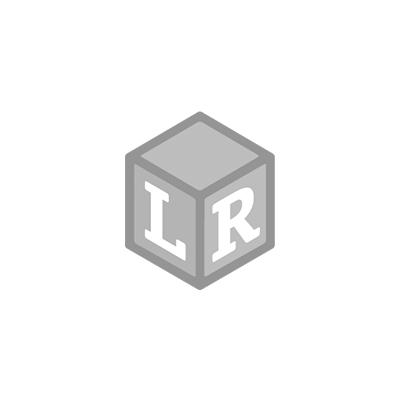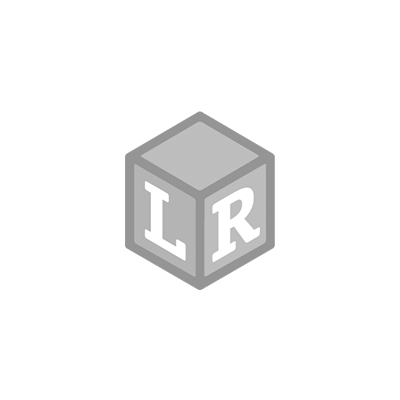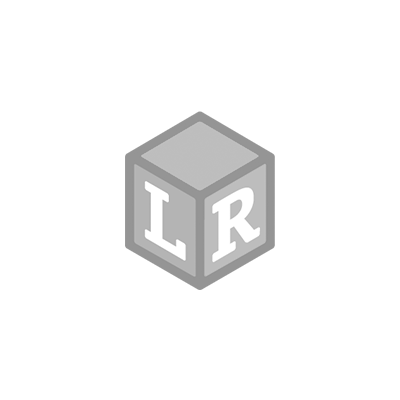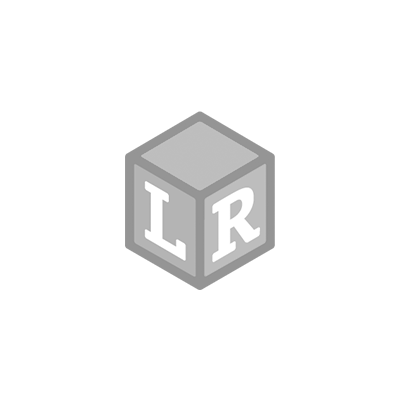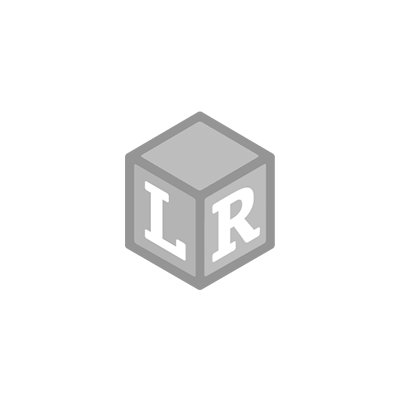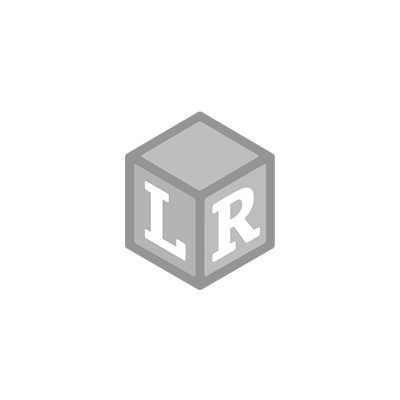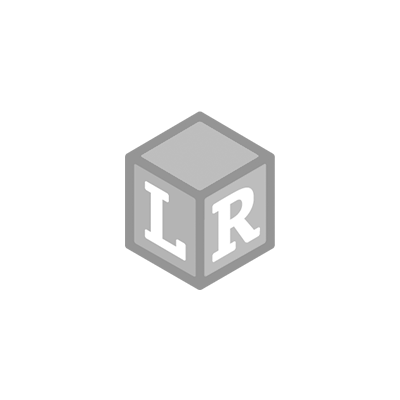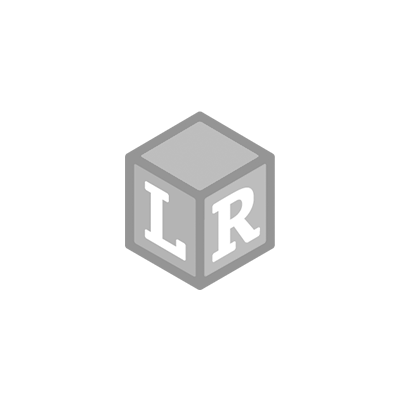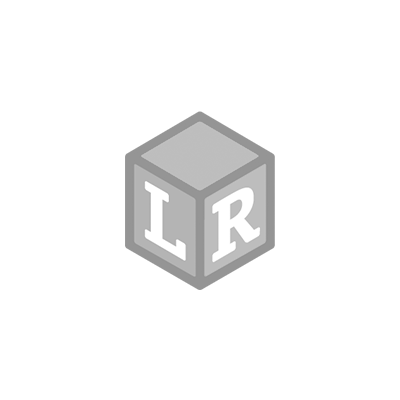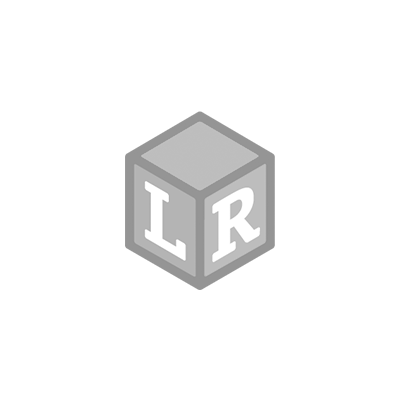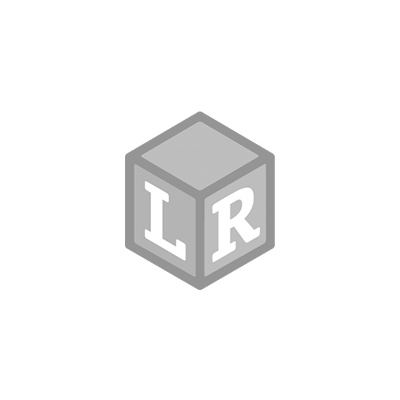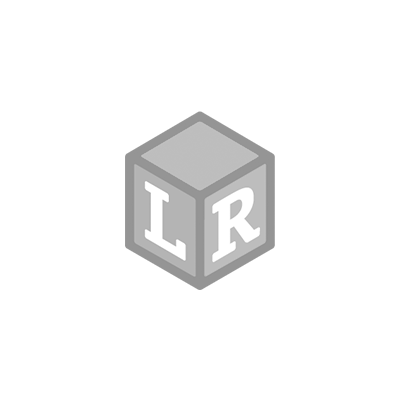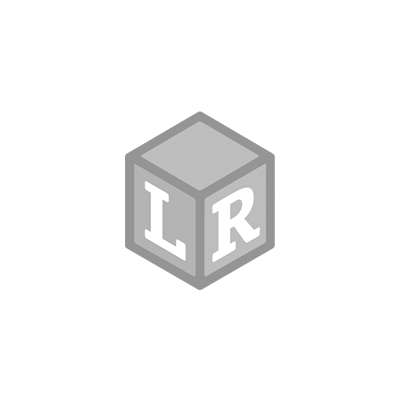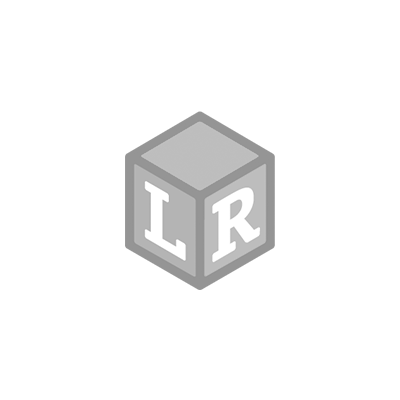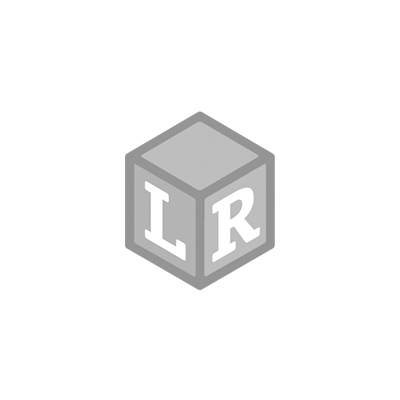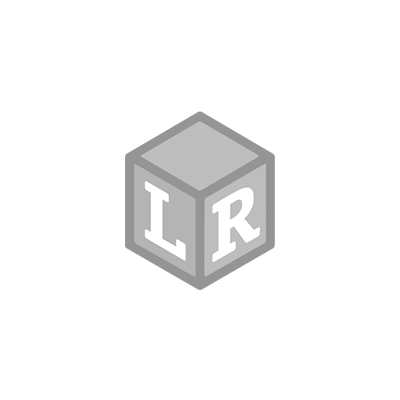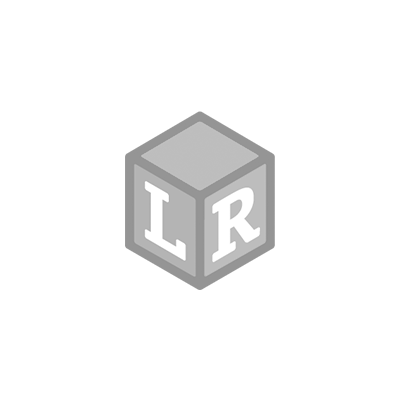What Should My Three-Year-Old Be Learning?
- Learning Resources Posted On Jan 16, 2022 | 2 - 4 Years Reading
Your three-year-old will always be your baby, but they’re learning and growing by leaps and bounds, and there’s so much you can do to help nurture their natural development! While children develop at their rate and mastering things a bit earlier or later than others is common, below is a list of social-emotional, language, cognitive, and physical milestones many kids achieve by the time they turn four (and, hence, the things they’re working on when they’re three).
Social-Emotional Skills
Your little love bug is starting to become less self-centered and more aware of the people around them, showing affection, concern, empathy, and a range of other emotions. As their sense of self and self-confidence grows, they may be becoming more independent. By the time they turn four, they may also be able to:
- Mimic you, other family members, and friends
- Take turns when playing games or using toys
- Make eye contact when communicating
- Play on their own for 10+ minutes
- Begin to separate more easily from parents or caregivers
- Recognize and name different feelings, such as happiness, silliness, sadness, and fear
Language Skills
Being able to communicate verbally with your child is an exciting milestone! With a vocabulary hovering between 250-500 words and blossoming grammatical skills, you (and those around you) should be able to understand about 75% of what your three-year-old is telling you. By the time they turn four, your child may also be able to:
- Follow instructions with two or three steps, such as “Please get your shoes and meet me at the front door.”
- Name several colors and basic shapes, including circles, squares, and rectangles.
- Recognize several letters
- Use pronouns (such as it, me, my, you, your, she, he, and we), the past tense, and plural words
- Speak in full sentences of 4-6 words and carry on a conversation using 2-3 sentences at a time
- Tell stories (they may be silly!)
Cognitive Skills
It’s tough to say who feels prouder when a child masters a new skill – the child or the parent! Three-year-old minds are working overtime, observing, practicing, and conquering all kinds of amazing feats. By the time they turn four, many three-year-olds can:
- Engage in imaginative pretend play
- Complete a 3-to-4 piece puzzle
- Build a tower of 6 blocks or more
- Draw a line and circle and begin to draw people (they will probably look more like tadpoles)
- Count to three and begin to recognize quantities, such as one cookie, two cookies, or three cookies
- Sort and match items that are the same or different and compare items by size or color
Physical Skills
If only we could bottle the energy of a three-year-old – it seems they’re always ready to hit the park or playground, race to the corner, or jump off a step. By the time they turn four, many three-year-olds are also able to:
- Pedal a tricycle
- Kick, throw, and catch a ball
- Hop on one foot
- Balance on one foot for 5+ seconds
- Hold a pencil using a tripod (3 fingers) or quadrupod (4 fingers) grip
As we said above, children develop at their own pace, mastering some skills quickly and requiring more practice with others. The more practice they get – and the more support they feel from you – the more confident they will feel as they learn and grow. If you’d like to track your child’s milestones by age, consider downloading the CDC’s mobile milestone app!
 Shop UK Site
Shop UK Site 
